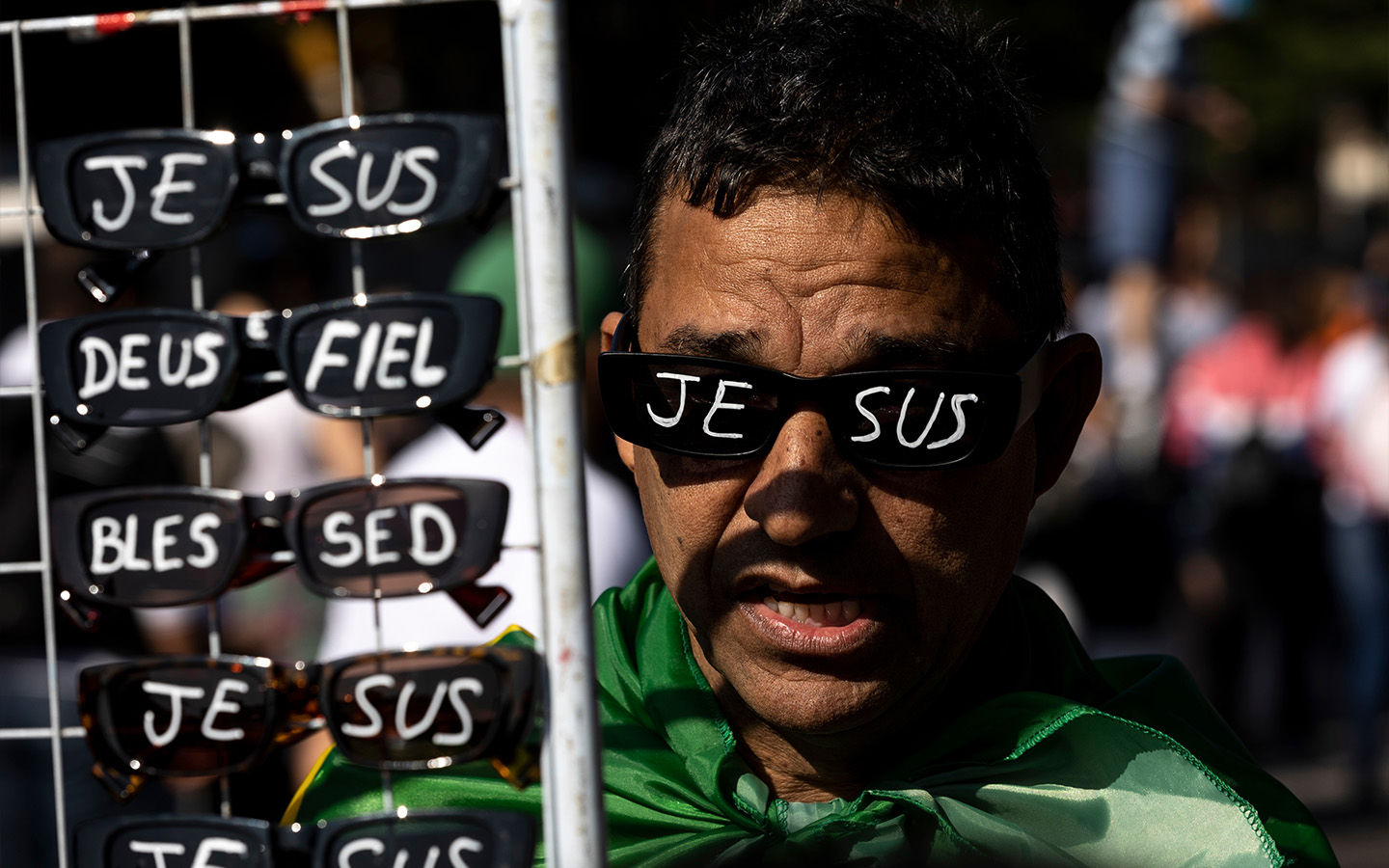Shifting religious demographics in Brazil could mean trouble for President Luiz Inácio Lula da Silva, up for re-election next year, reports the Guardian.
While Brazil remains home to the world’s largest Catholic population, figures from the country’s national statistics institute (known by the Portuguese abbreviation IGBE) show that number has declined sharply in the last three decades.
Just over half the population (56.7 percent) identified as Catholic in the 2022 census, whose results on religion were released Friday, compared to 82.9 percent some thirty years earlier. The proportion of evangelicals, meanwhile, nearly tripled during the same period, from just 9 percent in 1991 to 26.9 percent. The country is now home to 47.4 million evangelicals, the highest figure on record, compared to more than 100 million Catholics.
“In recent years, we’ve seen a growing presence of evangelicals emerging and gradually asserting themselves in society, taking a stand, expressing their values, ideas, and faith,” Maria Goreth Santos, the IGBE analyst in charge of religious results, told the Guardian.
Gospel singers and religious influencers are becoming superstars. Evangelical-themed books consistently top the bestseller lists, while telenovelas – a Brazilian cultural mainstay – increasingly include evangelical characters. Hand-in-hand with this growing cultural visibility is a political power that successfully carried far-right politician Jair Bolsonaro to the presidency in 2019, and continues to challenge his successor, Lula, who was raised Catholic.
[See more: Census reveals 1.69 million indigenous people in Brazil – almost twice 2010’s count]
Despite positive economic indicators, a poll from last week recorded disapproval for the president at 66 percent among evangelicals, compared to 57 percent for the general population.
This broad opposition from evangelicals could complicate Lula’s efforts to seek re-election in 2026. More than half of Brazil’s population (56 percent) is Black and nearly one in three Black Brazilians (30 percent) identify as evangelical, compared to just over one in four (23.5 percent) of white Brazilians.
Evangelicalism is also more concentrated among younger populations. Although Catholics continue to dominate all age groups, the highest concentration (72 percent) is among the 80 and older group and the lowest (50.2 percent) among children aged 10 to 14. Nearly a third of evangelicals (31.6 percent) are in that same group, while just 19 percent are in the oldest category.
People with no religious affiliation, a category that has more than doubled in the last 30 years, sees its highest proportion among those aged 20 to 24 (14.3 percent) and lowest among people 80 years and older (4.1 percent). Lack of religious affiliation is most common among Brazilians of Asian descent (16.2 percent) and least common among whites (8.4 percent).
Meanwhile, Afro-Brazilian religions, such as Umbanda and Candomble, more than tripled in popularity, although they remain the faiths of a small part of the population at just 1 percent. Still, it’s a marked improvement for a religious category that has long faced persecution from extremist Catholics and evangelicals. Santos credited the rising prominence of Afro-Brazilian culture and figures who identify with these religions, as well as “a massive campaign against religious intolerance.”






